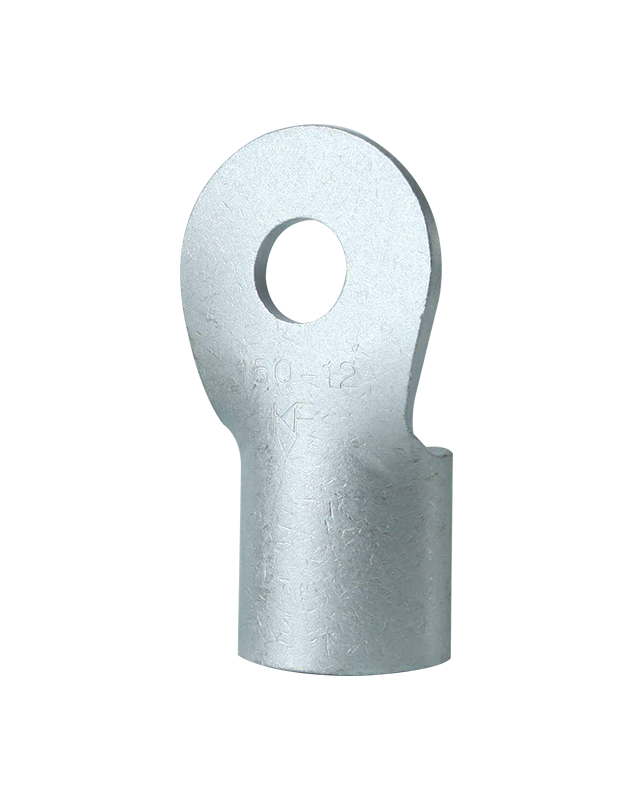

Cold Pressure Terminals: An Overview Cold pressure term […]
Cold Pressure Terminals: An Overview
Cold pressure terminals are critical components of oil and gas infrastructure that play a vital role in the safe and efficient transportation of hydrocarbons. These terminals are typically located at the end of a pipeline or a gas gathering system, where they receive and store the oil or gas for further transportation or processing. In this article, we provide an overview of cold pressure terminals, including their design, function, and key features.
Design and Function
Cold pressure terminals are designed to handle hydrocarbons that are transported at high pressures and low temperatures. The terminals typically consist of a series of storage tanks, pumps, and other equipment that allow for the safe and efficient transfer of hydrocarbons from one location to another. The tanks used in cold pressure terminals are typically constructed from carbon steel or stainless steel and are designed to withstand high pressures and low temperatures. The tanks may also be equipped with insulation to maintain the temperature of the hydrocarbons within them.
Key Features
One of the key features of cold pressure terminals is the pumps used to transfer the hydrocarbons from the storage tanks to the transportation vessels. These pumps are typically positive displacement pumps that are designed to handle high pressures and low temperatures. They may also be equipped with heating systems to prevent the hydrocarbons from freezing or solidifying. In addition to pumps, cold pressure terminals may also be equipped with other equipment such as filters, heaters, and pressure regulators to ensure the safe and efficient transfer of hydrocarbons.
Safety Considerations
Given the high pressures and low temperatures involved in the transportation of hydrocarbons, safety is a paramount concern in the design and operation of cold pressure terminals. The tanks used in these terminals must be designed and constructed in accordance with strict safety standards to prevent leaks or other failures. Similarly, the pumps and other equipment used in cold pressure terminals must be properly maintained and operated to prevent accidents or other incidents.
Conclusion
In conclusion, cold pressure terminals are a critical component of oil and gas infrastructure that allow for the safe and efficient transportation of hydrocarbons. These terminals are designed to handle high pressures and low temperatures and typically consist of a series of storage tanks, pumps, and other equipment. Safety is a paramount concern in the design and operation of these terminals, and they must be constructed and operated in accordance with strict safety standards to prevent accidents or other incidents.

You can tick the products you need and communicate with us in the message board.